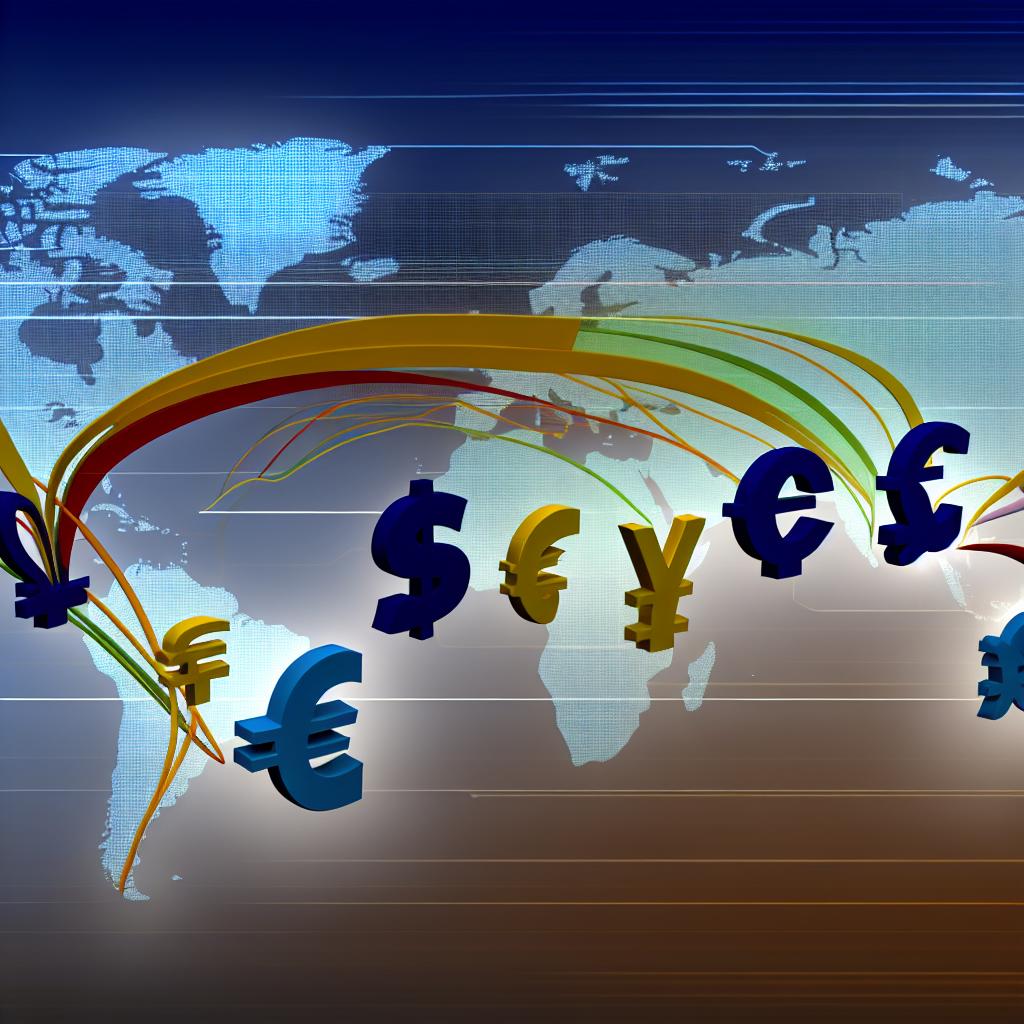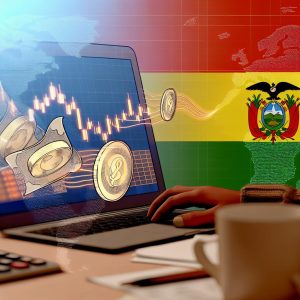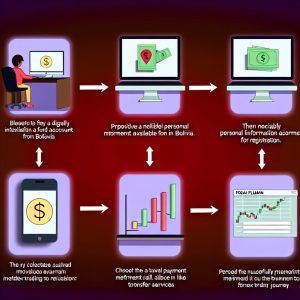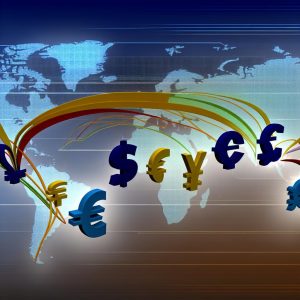Popular Currency Pairs Traded in Bolivia
Currency Trading in Bolivia




Currency trading, or foreign exchange (Forex) trading, plays a vital role in international finance, denoting the exchange of currencies within a vast decentralized global market. Bolivia’s position in this sphere is distinctive due to its relatively small, regulated economic structure. Within its borders, the official interbank currency market operates alongside parallel markets, both of which significantly affect the currency trading landscape.
Key Currency Pairs
In Bolivia, while the Bolivian Boliviano (BOB) remains the primary currency in use, the intricacies of the nation’s trade connections necessitate the frequent involvement of international currencies in trading activities. This dynamic environment gives rise to several significant currency pairs actively traded in Bolivia.
USD/BOB: Dominance of the Dollar
Arguably, the United States Dollar (USD) paired with the Bolivian Boliviano stands as the most prevalently traded currency pair within the country. The importance of the USD in Bolivia is underscored by its widespread acceptance in diverse transactions. This is largely a result of Bolivia’s dollarization practices across numerous sectors, wherein businesses and individuals often opt to utilize dollars. The policy of maintaining a fixed exchange rate with the USD by the Central Bank of Bolivia further highlights this pair’s significant role in the currency market.
EUR/BOB: Connecting With Europe
The Euro (EUR) closely follows as another principal currency influencing Bolivia’s trading environment. This pairing gains its relevance from Europe’s position as a critical trading partner to Bolivia, which in turn heightens the demand for euros. Specifically, the EUR/BOB pair is particularly appealing to traders and businesses engaged with the Eurozone, further embedding its status within Bolivia’s forex markets.
ARS/BOB: Regional Trade Relations
Geographical and economic ties heavily underscore the importance of the Argentine Peso (ARS) against the Bolivian Boliviano. Given the proximity and robust trade relations between Bolivia and Argentina, this currency pair becomes particularly noteworthy. It serves vital for stakeholders participating in cross-border commerce, thereby forming a crucial component of the Bolivian currency trading framework.
Influential Factors on Currency Trading
Several factors, both macroeconomic and political, hold sway over currency trading within Bolivia. These encompass domestic policies on exchange rates and inflation, as well as the country’s external trade activities. The broader global economic climate and shifts in commodity prices—areas where Bolivia is considerably active, such as natural gas and mineral sectors—also substantially influence currency valuations and trading dynamics.
Monetary Policy: Stabilization Efforts
The monetary policy exercised by Bolivia’s Central Bank is pivotal in currency stabilization efforts. With a keen focus on maintaining a fixed-rate policy concerning the USD, these endeavors aim to curtail exchange rate volatility. This results in a pronounced effect on the trading atmosphere for various currency pairs that incorporate the Boliviano.
Economic Indicators: Monitoring Economic Health
Crucial economic indicators hold significant sway over currency values. Metrics such as inflation rates, trade balances, and GDP growth play a fundamental role in shaping currency demand and supply dynamics. Traders often rely on rigorous analysis of these indicators to forecast potential trends and shifts within Bolivia’s currency markets.
Global Market Trends: External Influences
External global market trends and investor sentiment pose another layer of influence on the Bolivian forex market. Variations in commodity prices, given Bolivia’s strong reliance on export-driven industries, profoundly affect the demand for specific currency pairs. Economic fluctuations at a global scale ripple down, altering trading behaviors within this interconnected financial ecosystem.
The Role of Parallel Markets
Parallel or unofficial currency markets add a layer of complexity to the currency trading landscape in Bolivia. These markets often emerge due to discrepancies between the official exchange rates and market forces of supply and demand that aren’t adequately addressed by official means.
Drivers of Parallel Markets
Several factors drive the existence and activity of parallel markets, including restrictive currency control policies and fixed exchange rates that may not reflect the true market value of the currency. This discrepancy pushes traders to seek more favorable rates outside the formal system.
Impact on Official Trading
The activity in parallel markets can significantly impact official trading rates and volumes. These markets may lead to volatility in formal market structures, influencing how central banks implement policies to stabilize the national currency.
Conclusion: Navigating the Complex Terrain
Currency trading within Bolivia presents a unique conundrum, combining key international currency pairs with regional economic ties and extensive macroeconomic influences. It demands a nuanced understanding of both local economic structures and the broader global financial landscape. Successful navigation of these markets necessitates continuous monitoring of domestic policies, economic indicators, and global market trends, along with an understanding of the influences exerted by parallel markets.
In essence, Bolivia’s currency trading landscape serves as a microcosm of global financial interactions, where local conditions and external influences integrate, creating a distinctive and challenging environment for traders and businesses alike.
This article was last updated on: May 5, 2025





